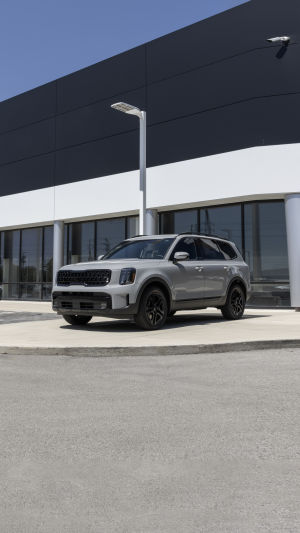Winter sees higher rates of traffic accidents compared to summer, with an increase of up to about 50 percent. Some attribute this surge to rain and snow, which can indeed contribute.
Freezing rain and icy roads reduce tire grip, escalating the likelihood of uncontrolled collisions.
However, in many winter cities without snow or freezing rain, and where temperatures don't drop below the minimum standard for highway tire performance, an uptick in accidents still occurs. This suggests the root cause isn't solely snow or rain but improper use of warm air.
Warm air tends to get trapped. In summer, the refreshing feeling when cold air hits your face is not because it directly stimulates the brain with coldness. Instead, the body, striving to maintain a constant temperature, forces the skin and capillaries into a contracted state.
This triggers an increase in signals sent to the brain, activating the central nervous system and generating a feeling of revitalization.
Conversely, warm air relaxes the skin and blood vessels, promoting increased body heat dissipation.
This leads to an elevation in the demand for blood at the body's surface, diminishing the blood flow to the brain and dampening signals to the central nervous system, thereby fostering a propensity for sleepiness in a warm environment.
Seasonal phenomena like spring sleepiness, autumn fatigue, and summer snoozing are, in essence, influenced by warm air.
In winter, constantly nestling in an air-conditioned room can induce sleepiness. Driving in winter using warm air during this state increases the likelihood of drowsiness, leading to faulty operations and, consequently, a higher winter traffic accident rate.
Continuous use of internal circulation mode in cars can lead to oxygen deprivation. While warm air contributes to sleepiness, it's not the sole factor affecting driving conditions. Lack of oxygen in the brain can also induce sleepiness.
Opening the window and letting in cold air can instantly wake you up by providing more oxygen to stimulate the brain.
The internal circulation mode of the air conditioner, which recirculates air inside the car, leads to a rise in carbon dioxide concentration. This poses a risk as high carbon dioxide concentrations reduce the oxygen-carrying capacity of inhaled air.
To maintain air quality and reasonable concentrations of carbon dioxide and oxygen, especially during prolonged winter drives, it is advisable to use the external circulation mode.
Winter driving is prone to misoperation due to distractions caused by sleepiness, which stems from a lack of oxygen in the brain.
While warm air is necessary, it's crucial not to set too high a temperature. Feeling a bit cold is optimal. Directing warm air towards the face can induce sleepiness, so blowing it from the bottom to the top is better.
If the windows fog up, adjust the circulation mode to feet, and the front wind doubles out. Adjusting to external circulation mode is a wise precaution for safer winter driving.





